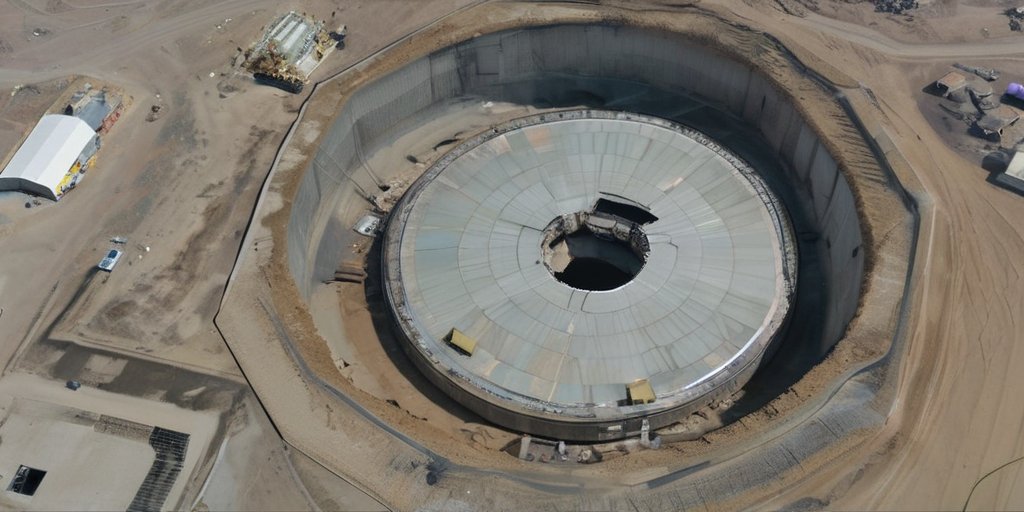Israeli jets launched precision airstrikes on the Arak heavy water reactor in central Iran, marking a significant escalation in military conflict between Israel and Iran. The Israeli military identified targets that, they claim, are central to Iran’s potential nuclear weapons development. Satellite imagery verified a large hole in the reactor’s domed roof following the attack, which occurred during the seventh day of ongoing hostilities.
The primary objective of the Israeli strikes was to target the core seal of the Arak reactor, ensuring it could not be used to produce plutonium, which is critical for developing nuclear arms. Despite Iranian officials maintaining that their nuclear program is for peaceful purposes, there is global apprehension regarding their intentions. The International Atomic Energy Agency (IAEA) confirmed that the reactor was struck while containing no nuclear material, highlighting ongoing concerns about Iran’s 2015 nuclear deal commitments.
As a reaction to the ongoing airstrikes, President Donald Trump is reportedly deliberating over the possibility of the United States launching its own strike against Iran’s Fordo facility, as it is the only country equipped with conventional munitions powerful enough to effectively neutralize the site. Sources from CBS News conveyed Trump’s perspective, emphasizing the necessity of disabling Iran’s advancing nuclear capabilities.
The context of these military operations is rooted deeply in geopolitical pressures and Iran’s seemingly deliberate delay in converting the reactor, aiming to exert leverage over Western powers. In statements made by the Israeli military, the reasoning for the airstrikes includes a desire to prevent the facility from returning to operational status – thus impeding any potential for nuclear weapons development.
In related operations, Israeli forces also reported strikes on Iran’s Natanz facility, crucial for uranium enrichment, further asserting their stance against Iran’s nuclear advancements. IAEA reports noted severe infrastructure damage in these coordinated attacks, leaving various Iranian facilities compromised.
The international community now watches closely as tensions rise, with potential implications of U.S. military involvement looming under Trump’s administration. This ongoing narrative breathes new life into discussions surrounding global nuclear policy and the extent of military intervention needed to curb Iran’s nuclear ambitions.
